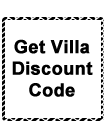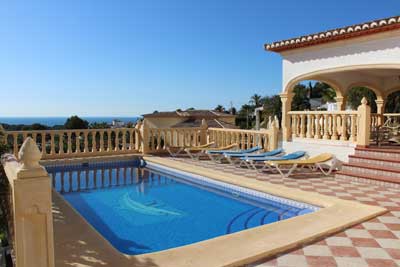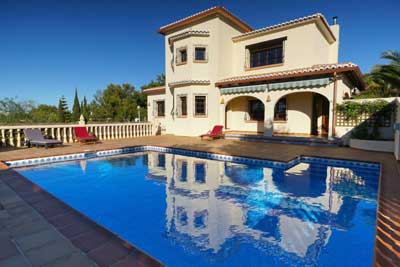Villas to rent Spain

Jijona
Situated just off the N-340 road around 25 km north of the city of Alicante, the town of Jijona (Xixona) is world famous for its soft nougat confectionary, known as Turron de Jijona. Made from honey, almonds (and other nuts), sugar and eggs, this sweet delicacy is produced to be eaten at Christmas time (although of course it is eaten all year round) and has been produced in Jijona (Xixona) for many centuries. Originally produced in the townhouses of the old quarter, Turron is famous worldwide but is a particular speciality in Spanish households and mostly eaten as a dessert at Christmas time. Machinery for the production of Turron still exists in some of the houses in the old town, although these days production takes place in factories, a museum in the town, explains the history of Turron production in Jijona.Jijona (Xixona) is an old town, it was definately known to both the Iberians (ancient Spanish peoples) and the Romans, though there were settlements in the area as long ago as the Neolithic Period. Archaeological artefacts have been discovered at Les Penyes de Roset from the Neolithic Period and also the cave paintings of La Sarga (near to Alcoy), show further evidence of these early settlements. An early Iberian settlement was situated in the area of the Hermitage of Santa Barbara (L'Ermita de Santa Bárbara) high on a rock at the entrance to the town. The name Xixona (Jijona) possibly originates from the Romans (Saxum or Saxona), later changed by the Arabs who typically changed the ‘S’ for an ‘X’, hence Xaxona, which was later changed to Xixona (Jijona).
After the decline of the Roman Empire there were no further settlements in the area of Jijona until the arrival of the Arabs during their occupation of the Iberian Peninsular (8th to 13th centuries), it was the Moors who built the castle of Jijona (Xixona), better known as La Torre Grossa, which may have been begun in the 11th century, though some later studies suggest that it was possibly as late as the 13th century. Excavations were done by one José Belda and some of his findings were given to the Archaeological Museum of Alicante, which created much anger among the local inhabitants of Jijona (Xixona) who believe that the castle and its artefacts belonged solely to the town and its people (which has been the case since 1707).
Jijona (Xixona) was finally re-conquered by the Christian king Jaime I of Aragon in 1258 and in 1337 it was given the title Villa Real in recognition of its important strategic position on the border between the kingdoms of Castille and Aragon. In 1364 Jijona (Xixona) castle was defeated by the Spanish king Peter the Cruel but was subsequently recovered by the Crown of Aragon with an army formed from the people of Alcoy, Penaguila and Cocentaina. During the War of Spanish Succession (1701-1714) Jijona (Xixona) was besieged by the forces of Archduke Charles of Austria in 1706 and its people fled to the mountains, a counter offensive re-took the town in 1707, in recognition of which Felipe V awarded Jijona (Xixona) the title of ‘City’, and stewardship of the castle was given to the people of the town.
Present day Jijona (Xixona) is a thriving little town with a population of around 7,596 (2006), the economy of the town mostly revolves around the production of Turron and an interesting place to visit is the Turron Museum, where you can learn about the production of Turron from early times to the present day. Guided tours are available in the museum in various languages, the museum also has its own website (www.museodelturron.com) or you can telephone directly 965 610 225, it is located at P. I. La Ciudad del Turrón, s/n 03100 - JIJONA/XIXONA Alicante, SPAIN. Other industries in Jijona (Xixona) include ice-cream and agriculture, in particular the growing of almonds which are used in the production of Turron. Other places worth visiting include the Convento Franciscano de la Virgen de Orito, the Ermita de Santa Bárbara and the Iglesia de Santa María.
Jijona (Xixona) celebrates a number of festivals and fiestas throughout the year the main one being the Moors and Christians which is held in February and another in August, other fiestas include the Pilgrimage of San Antón (held in January), the Fiesta of San Sebastián (also in January), Festivity of San Vicente Ferrer, Monday after Easter Monday, the festival Dedicated to San Sebastián and San Bartolomé, also with Moors and Christians (held in August), on December 24th The children ask for their Christmas Boxes in a torchlight procession. (Aixames).
Check our up-to-date Villa Availability page.



















